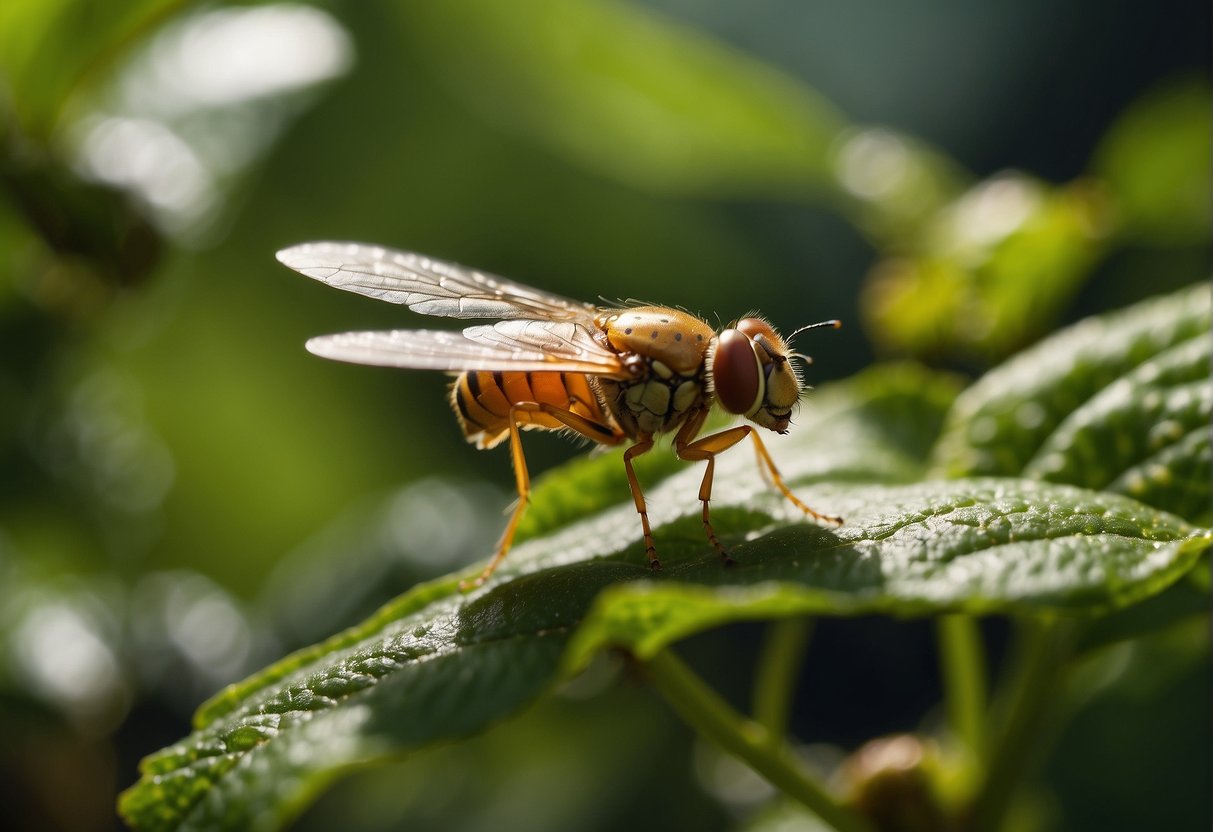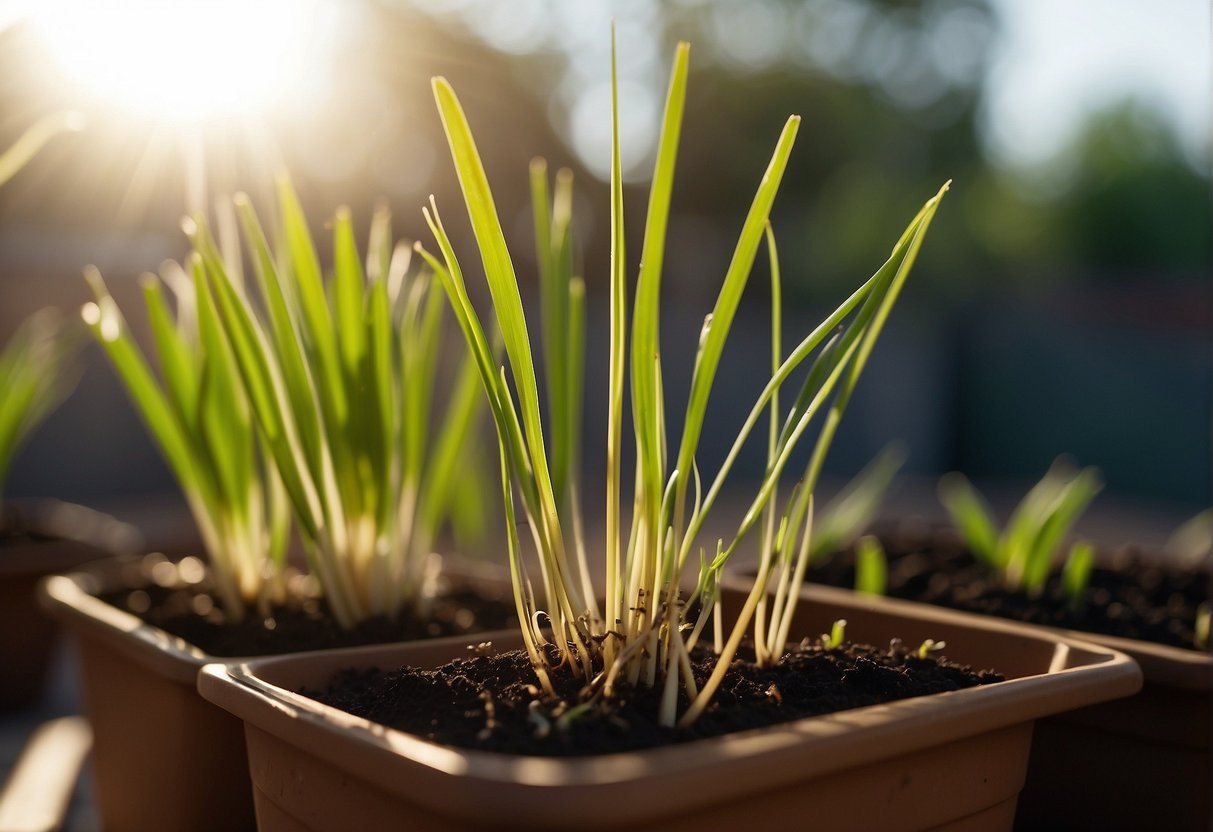Having almost similar specs and features, people often get confused between XT3 and X500. In this Cub Cadet XT3 GSX vs John Deere X500 comparison,
Both Husqvarna TS348XD and John Deere X500 are well-known lawn tractors. Both of the models provide a consistent, high-quality cut. However, are you uncertain on
Fruit flies in plants are a common problem for gardeners and farmers alike. These tiny insects, also known as vinegar flies or Drosophila, are attracted
John Deere is a well-known tractor manufacturer that has earned the trust of its customers since its beginning. Both the John Deere X330 and the
John Deere manufactures a wide range of lawn tractors. The 300 and 500 series are two of the company’s most well-known product lines. Both series are
John Deere provides a variety of lawn tractors that are built to deliver a consistent high-quality cut. Consider the John Deere X300 and X304; how competent are
John Deere is one of the best leading companies all around the world. It has launched the S series X series one by after. Both
The corporate tractor, such as the John Deere S240 or John Deere X350, will help you overcome the obstacles in the yard. However, when minor
Lemongrass is a versatile herb that has been used in culinary and medicinal practices for centuries. It is known for its citrusy and earthy flavor,
Seeing a better transmission and Kawasaki engine, you may have made up your mind about buying S240. But don’t rush into a decision before reading
View More


